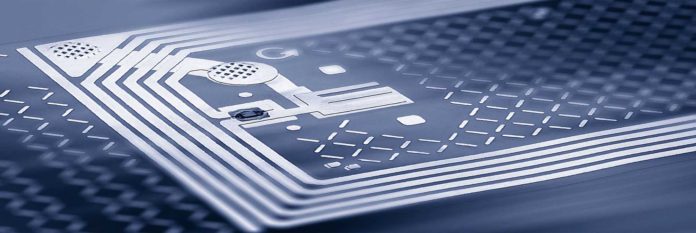Technology is evolving constantly, with new configurations for achieving top performance coming up every day. When dealing with simple technology such as RFID Technologies you have several options. The three RFID categories you can use have different tags:
- Passive
- semi-passive
- Active.
- Passive
This is the simplest form of the three tags. It uses passive tags, an active reader, and consists of an IC (Integrated Circuit) and antenna. Passive RFID tags do not consist of a battery or a constant power source.
Pros
The following are the pros of Passive RFID:
- The tags are composed of not more than three components, which include Antenna, IC, and Enclosure. This makes them very cost effective.
- Passive tags’ designs lean towards minimalism and are therefore very light.
- Tags that use a battery have a short lifespan of between 3 to 5 years. If used in a good environment, they last for at least twenty years.
- Radiative and inductive coupling with no active antenna has minimal noise generation.
Cons
The cons of passive RFID are:
- Limited Range: These tags are extremely limited in range because of lack of an active antenna. Tags that operate low and high frequencies have a communication limit of 2 to 20 feet respectively, which is very short.
- Low storage: Non- volatile memory needs the power to keep contents valid and prevent degradation. They do not store a lot of information without onboard batteries.
- They use a Reader: Passive tags need a high-power reader to power it.
- Zero sensors: Many sensors need a constant supply of power for operation. They also need memory for data capture and storage, which makes passive tags unfit for applications that require sensing.
- Semi-Passive
Semi-passive tags have an onboard power source or battery, but no active antenna. They use a radioactive or inductive coupling to transmit.
Pros
- Semi-passive tags use their batteries to power the IC. A semi-passive tag reads tags at the range of more than 100 feet.
- Semi-passive tags support memory and sensors because of the battery. An application that requires memory and sensors but does not require long range can use a semi-passive tag.
- Semi-passive tags cost slightly more than passive tags.
- As with passive tags, semi-passive tags do not generate a lot of noise.
Cons:
- Semi-passive tags do not use a reader, but still, require one for communication.
- A battery reduces the semi-passive tag’s lifetime. It gives 2 to 7 years instead of 20.It requires a suitable environment than a passive tag.
- Active
It is the most advanced RFID. The tag has a large battery and utilizes an active antenna, which powers a better and faster processor.
Pros
- An active antenna communicates over a long range. An active tag reads more than 300 feet.
- Active tags use a powered transmitter so they don’t rely on high powered readers for their signal power.
- A larger battery means a better processor, larger memory, and better sensors, which means more parts. Since it can do many things, it is the best option.
Cons
- It is expensive and can cost up to $20 for every tag while a passive tag may cost as little as 10 cents per tag.
- The design of an active RFID tag’s battery lasts up to 3 to 5 years Once the battery dies out, you have to purchase a new tag.
- Active RFID tags are large and heavy.
- An active antenna is noisy, unlike the other tags.
More News to Read

